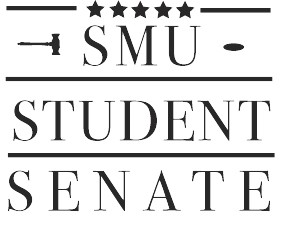
For the second time this year, the issue of representation took center stage at Tuesday’s student senate meeting.
Specifically, two key concepts were addressed: whether to add two or more new seats to represent specific student constituencies, and whether to radically alter the way seats are apportioned within the body.
Student Body President Patrick Kobler reintroduced legislation to create new seats for transfers students and students with disabilities. Both proposals were summarily rejected by the student senate weeks ago, but Kobler feels passionate about the need for those groups to be heard and wanted a second shot. He feels there is a greater likelihood of passage as two separate bills, rather than being bound together as previously introduced.
Senators also heard from a student representing the lesbian, gay, bisexual and transgendered community at SMU.
Tom Elliott said he believes a “sexual orientation and gender identity” special-interest seat would be a first step in turning the tide toward accepting gays and lesbians on campus and would “fill [the] chamber with new ideas for inclusive programs and policies.”
“As a gay student at SMU, I believe that only an LGBT student is capable of representing the interests and needs that specifically relate to LGBT students,” Elliott said.
Currently, no legislation has been drafted to include an LGBT student senator in the body.
Student Body Secretary Peter Goldschmidt and Senator Christina Kearney spoke at length about how the student senate could be changing drastically.
Kearney and Goldschmidt said they want student senators to be among the most active and outgoing members in the broader SMU community, meaning that hopefuls will need to campaign much harder than they currently do to win a seat. The pair is dismayed by the number of vacancies within the senate, seats that can only be filled by students in a particular amount of academic units. Chief among the delinquent seats are those meant for Simmons School of Education senators.








